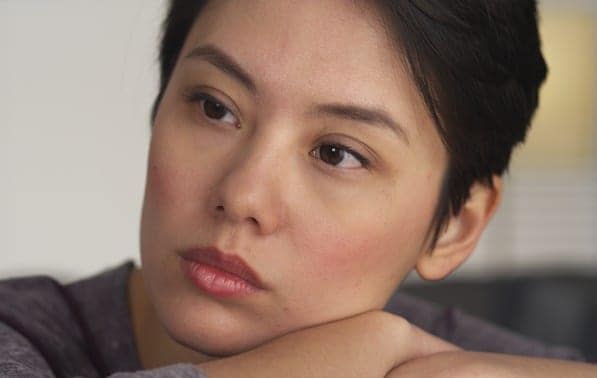Treatment for Anxiety and Phobias

For a person with an anxiety disorder, the anxiety does not go away and can get worse over time. The symptoms can interfere with daily activities such as job performance, school work, and relationships.
There are several types of anxiety disorders, including generalized anxiety disorder, panic disorder, and various phobia-related disorders.
Types of Anxiety Disorders
Generalized Anxiety Disorder. People with generalized anxiety disorder (GAD) display excessive anxiety or worry, most days for at least 6 months, about a number of things such as personal health, work, social problems in areas of their life, such as social interactions, school, and work.

Panic attacks are sudden periods of intense fear that come on quickly and reach their peak within minutes.
Attacks can occur unexpectedly or can be brought on by a trigger, such as a feared object or situation.
Phobia. Phobia is an intense fear of—or aversion to—specific objects or situations. Although it can be realistic to be anxious in some circumstances, the fear people with phobias feel is out of proportion to the actual danger caused by the situation or object.
Social Anxiety Disorder (previously called social phobia): People with social anxiety disorder have a general intense fear of, or anxiety toward, social or performance situations.
They worry that actions or behaviors associated with their anxiety will be negatively evaluated by others, leading them to feel embarrassed.
This worry often causes people with social anxiety to avoid social situations. Social anxiety disorder can manifest in a range of situations, such as within the workplace or the school environment.

Agoraphobia: People with agoraphobia have an intense fear of two or more of the following situations:
- Using public transportation
- Being in open spaces
- Being in enclosed spaces
- Standing in line or being in a crowd
- Being outside of the home alone
People with agoraphobia often avoid these situations, in part, because they think being able to leave might be difficult or impossible in the event they have panic-like reactions or other embarrassing symptoms. In the most severe form of agoraphobia, an individual can become housebound.
The above information is from the National Institute of Mental Health
Get in Touch
Submit the form below and let us know how we can help.

